Headless commerce is dividing an online store’s front-end and back-end eCommerce functions. Businesses now have a more remarkable ability to create and personalize everything they desire. A headless structure divides a combination of both to allow you greater freedom in designing the customer experiences. Brands may make front-end updates with no modifications to the back end. The efficacy of headless commerce often depends heavily on APIs, IT shareholders, and user experience managers. Brands require these resources to provide customers with novel experiences and functions that go above and beyond their expectations.
The working principles behind Headless eCommerce
Headless commerce’s secret lies in the application programming interface. An API connects the front and back end so that data in real-time can be exchanged among them. Customer-facing content is handled on a back-end platform, such as a CMS. You may use several back-end systems according to your requirements with headless storefronts. Such platforms may involve a digital experience platform, a customer relationship management system, or a progressive web app.
Benefits of Headless eCommerce
-
Faster page loading times
A headless architecture makes designing websites that load quickly on mobile and desktop computers simpler. The complex back end is separated from the web pages clients navigate when your front end is designed independently. Customers can expect to be able to quickly navigate from your homepage, blog, and product pages to the checkout by transitioning to a headless architecture.
-
Complete customization
You may create the actual appearance and impression your company desires with the help of headless ecommerce systems. However, while traditional commerce systems might assist merchants in getting up and running swiftly, they occasionally discover that the few graphic themes offered could be more compelling and constricting. As a result, retailers might be forced to provide the specialized on-brand experience they had hoped for, even though they can rapidly establish a store to get their items out there.
-
Reduced demand for IT support
Developers save time on updates since it is simple to implement adjustments to the front end. With less reliance on the development crew, web firms can swiftly realize the concept of an online business. As it is considerably simpler to incorporate multi-currency and multi-language alternatives, a headless commerce architecture also places fewer restrictions on the globalization of online enterprises.
-
More control and faster scaling
Headless offers robust APIs that enable you to link up all of your present systems and create an online shopping experience in the programming language of your preference. Headless additionally allows you to advance at your rate and adapt as rapidly as the business, but it may also shield you from technological changes.
-
Easier and faster marketing
Customer-facing tasks may be solved independently implementing headless, without having to wait for backend tasks, and vice versa. However, it implies isolating copy from code and letting each team work independently.
-
Omnichannel Strategy
An omnichannel strategy is all about adopting a strategy that can reach a wider audience through different platforms, thus increasing sales and scaling the business higher. For instance, integrating instant messaging platforms such as WhatsApp and other social media platforms with the online stores to enhance user experience while growing the business.
However, this approach requires proper planning, especially on matters of handling stock and guidelines of different channels.
-
Personalized customer experience
Ideally, a business with personalization options is likely to grow faster and scale higher within the shortest time possible.
With headless eCommerce, it is easy to personalize product and service delivery according to the needs and requirements of the customer. This makes it easy to satisfy different customers, thus creating long term relationships with different customers, which is advantageous to the business.
Ways through which headless eCommerce enhances user experience include the following:
Targeted problem-solving – Through headless eCommerce solutions, you can solve a problem affecting a specific customer in a given location without troubling another customer in another location.
Product recommendations – Through API-driven strategy in headless eCommerce, it is easy to tailor product recommendations according to insights gathered from user behavior and patterns. This helps meet individual user needs all under one platform.
Customized search engine – With a headless eCommerce solution, you can tailor search engines based on the insights gathered from user devices, channels, and activities. This strategy helps users locate products and services they are searching for easily and quickly, thus enhancing customer retention, thanks to user satisfaction.
Downsides of headless eCommerce
While a headless eCommerce solution has lots of benefits for users and business owners, the same strategy has some disadvantages that require appropriate planning to overcome the challenges. The disadvantages of headless eCommerce solution include the following:
-
Complex Maintenance
A headless commerce solution has a lot of APIs. This calls for expert frontend and backend developers to perform testing to enhance the third-party platform’s integration with the systems process. This step will also ease content management across different channels.
For instance, when using Magento for eCommerce processes and WordPress for content management at the same time, it is key to ensure both platforms are updated with the relevant features to enhance overall functionality.
Again, challenges developers face while setting up a headless eCommerce may lead to more errors and bugs, which in turn affect the overall functionality of the system.
-
High Cost
Of course, headless eCommerce will serve you lots of benefits. However, all these benefits do not come without a price. As a result, you must prepare adequately and plan your finances appropriately to set up a fully functional, headless eCommerce system. Below is a summary of the costs you will incur along the process:
Maintenance – Depending on the dynamics of your platform, complexity, regular updates, and the size of your development team, the headless eCommerce costs will always go higher depending on these elements. Again, if you plan to integrate your platform with third-party services and tools, you must have a set budget to meet all these expenses.
Frontend development – You will be required to build a user interface from scratch, something that is costly. Besides, you will need powerful tools and experts in the same field, which will cost more.
Backend development – Backend development costs of headless eCommerce solution will depend on a number of elements, which include payment process, order management, infrastructure hosting, and database setup. All these will also depend on whether you are using an existing platform of custom making.
-
Complex Setup and Use
If your business team doesn’t have tech experts, you will have to hire extra developers to set up and manage the complex headless eCommerce solution. Developers will play different roles in ensuring the headless eCommerce solution is a viable idea.
Although it can be costly to hire developers to set up and maintain the headless Commerce solution, the benefits that come afterward are worth the idea.
Everyday use cases for headless commerce
-
Integrating multiple channels
Headless architecture constitutes one of the better options for businesses aiming to elevate the multiple interface-customer experiences. You can combine radically diverse channels and provide information for each one smoothly using headless, all without having to oversee the experience using specific tools and procedures.
-
Personalized options with no limits
Thanks to Headless Commerce’s open design, you can achieve everything you imagine. Customer relationship management, business resource planning and many more tasks may be performed using pre-built connectors.
Steps to get started with Headless eCommerce
-
Choose whether to stay on or switch your e-commerce platform.
The best course for startups could be incorporating APIs into a current commerce platform. However, many mid-market or large businesses must convert to a SaaS solution. Over time, a SaaS platform provides additional agility and adaptability.
-
Choose a Headless content management system.
The best option is a headless content management system if you distribute the material to visitors across several channels. In this manner, you may utilize a solitary CMS to produce content tailored to every channel and user experience. Moreover, your reliable API will synchronize your front & backend, offering the appropriate material to the touchpoints. The most flexibility is provided by an open-source system, but building and deploying one requires more technical knowledge. If you’re seeking to set out more quickly and efficiently, SaaS is a terrific option.
-
Sync your CMS and APIs.
The metaphorical enchantment occurs at this critical workflow phase, resulting in a seamless system that combines the front and back ends. It is important to take baby steps instead of going all-in at once if you’re switching from a conventional commerce platform. Importantly, consider building & synchronizing APIs for smaller sections of your headless CMS, such as a blog post or landing page. Once you feel comfortable with the process, test, improve, and expand.
Common Headless eCommerce platforms
-
BigCommerce
BigCommerce offers connectors with well-known CMS, DXP, and front-end frameworks in addition to the usual headless commerce functionality. They include the most popular React framework Next.js, the quickest static site generator Gatsby.js, and the Vue-specific Nuxt.js. WordPress, Contentful, Prismic, and Contentstack also have straightforward, pre-built plug-ins.
-
Foxy
The goal of Foxy is to enable brands to distribute any goods, any place. The platform manages the payment process, the customer portal, and other integrations directly connected to them on a website. Most campaigns, conventional or headless content management systems like WordPress, and payment processors are integrated. These seamless connections produce a quick loading and top-notch user experience.
-
Adobe Commerce
Excellent levels of customization are among headless commerce’s main advantages. Although Adobe Commerce offers unlimited flexibility, you’ll also require a limitless budget. To create app-like experiences spanning a variety of interaction points, including mobile applications, multi-webpage apps, IoT devices, and even AR and VR, brands may leverage Adobe Commerce. For example, businesses can swiftly create dynamic shopping experiences while offering customers quicker page loads using headless API-first delivery.
-
Oro
Oro specializes in business B2B brand headless commerce technologies. Several characteristics of the open-source platform make it a good choice for wholesalers. Thanks to versatile multi-website and marketplace administration features, businesses may effortlessly operate many online stores from a single administrative portal.
-
Fabric
With Fabric, re-platforming will be eliminated. As a result, business usage of it is flexible. An organization, for instance, can use the entire platform or pick and choose specific components, such as its OMS or XM.
Additionally, brands can create their solution or connect Fabric to third-party applications. The breadth of Fabric’s API endpoints enables web developers to build distinctive business models and user experiences. The company claims that users of Fabric’s headless APIs may integrate them with any customer-facing interface, back-end system, or user interface.
-
commercetools
Built on MARCH – microservices, API-first, cloud-based, and headless, commerce tools is a platform that promotes modular development, allowing you to work on some services without affecting the entire system. As a result, it is easy to make changes and update specific areas to improve the overall functionality of the platform.
Again, commercetools, being a cloud-based platform, enables leveraging of AWB – Amazon web services and Google Cloud, allowing you to incur expenses on cloud resources you are using only. This move helps cut down on total costs.
As an API platform, on the other hand, you can add customized functionalities to meet different business requirements. For instance, controlling payment processing options and managing overall inventory.
If you want to consider commercetools, start with the 60-day free trial to access, evaluate, and determine the reliability of the platform in relation to your business requirements. You can then get a quote based on the number of products, API calls, usage level, and other related factors.
-
Shopify Plus
If you are searching for an intuitive headless commerce platform, then Shopify Plus is the real deal here. The platform has storefront API, which enables developers to integrate sophisticated software features through any programming approach. This helps improve the overall functionality of the platform and meet varied business objectives.
Again, you can integrate the system with other services using Shopify Plus SDK and API. Again, this will enhance the overall performance of your business all round.
Factors to consider when selecting an ideal headless ecommerce platform
Before you select an ideal eCommerce platform for your business, factor in the following elements to ensure you select a platform that will not only help you set up your business but also reap more benefits that will enable you to scale your business higher.
-
API Support and Integrations
Some headless eCommerce platform lacks reliable API support. Ideally, you will need a platform that will guarantee smooth access and control of different functionalities. You will, therefore, need a platform with an API-first approach to enable developers to integrate other tools and resources to help grow your business. Again, check the API endpoints a headless eCommerce platform has to offer. When the endpoints are more, it means you have more options to customize the platform and add more functionalities which will improve business performance.
-
Scalability and Performance
Consider a platform with greater performance results and is highly scalable. Of course, your business will grow along the way. As a result, you will need a headless eCommerce solution that can adapt to the changes in the business without experiencing downtimes.
Again, a good eCommerce solution should offer horizontal scalability and flexible infrastructure to enable you to use the resources adequately while getting the best out of every action you perform.
-
Security and Compliance
Security is one major aspect you shouldn’t overlook when selecting a headless eCommerce platform for your business. Therefore, select a headless eCommerce platform with a separate back end and front end. This move minimizes risks such as unauthorized access and breaching of confidential information.
Therefore, get an eCommerce platform with the following features that enhance security and compliance:
- Get a platform with safety measures put in place to safeguard the flow of data
- The platform should have solid authorization and authentication procedures to access services
- Above all, choose a platform that supports user-identity to access the platform
Again, apart from the security measures highlighted above, the platform should allow integration of sophisticated features that can help detect any threats, payment & transactions, and regular monitoring of all the activities taking place.
-
Developer-Friendliness
Different businesses have different requirements. Therefore, a good eCommerce platform should offer developers the flexibility to finetune the eCommerce site based on specific business requirements using libraries, frameworks, and development tools.
What’s more, a platform with a well-defined interface will make work easier for developers. It is even easy for new members to adapt to a system with a well-defined interface.
Pro tip: apart from the basic functionalities that make work easier for developers, check and confirm if the platform is part of the developer community. This will help in troubleshooting common issues and getting real-time responses in case you have a concern.
-
Total Cost of Ownership
TCO includes the upfront costs and costs incurred to maintain the eCommerce platform. It is, therefore, essential to calculate TCO to ensure your idea of using a specific platform is viable and aligns with the objectives of your business.
How to get TCO
To calculate the TCO, use the following guidelines:
Internal resource – This includes your in-house team, and they add to overall expenses. Therefore, think of the salaries and training you offer them to control the headless platform.
Vendor costs – You will have the service provider for your eCommerce solution. You will need to incur expenses for using the vendor services. These costs include contracts, licenses, subscription plans, and any other related expenses.
Support & Maintenance – Once you have your eCommerce solution set up, that isn’t all. You will need to put in place regular maintenance and support to ensure the effectiveness and security of the solution. You can rely on your in-house team or hire an extra team, but the support and maintenance costs will always add up to the overall TCO.
Integration & customization – Of course, a flexible headless eCommerce solution is the best. However, the flexibility of such a platform will always come with extra expenses. For instance, changing the user interface appearance & functionality and integrating the platform with other systems will require extra costs.
Conclusion
The separation of the front and back ends of an ecommerce platform, known as headless ecommerce, is a brilliant strategy that promotes flexibility, customization, scalability, and innovation. Through the usage of APIs, the front and back ends of a business may connect and provide the following:
- Distinctive user experiences.
- Consistent experiences across various channels.
- Simple integration with third-party tools.
- Improved developer experiences.
By allowing organizations to adjust to shifting consumer tastes, market trends, and company plans, headless ecommerce will enable them to become more future-proof. Currently, the majority of online businesses choose it.
Any eCommerce solution queries? connect with our eCommerce development company– Aalpha information systems.
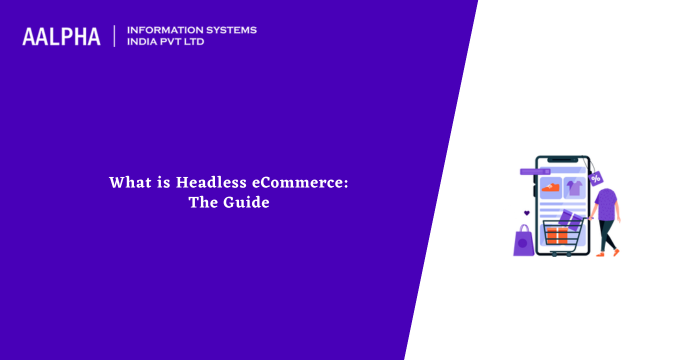

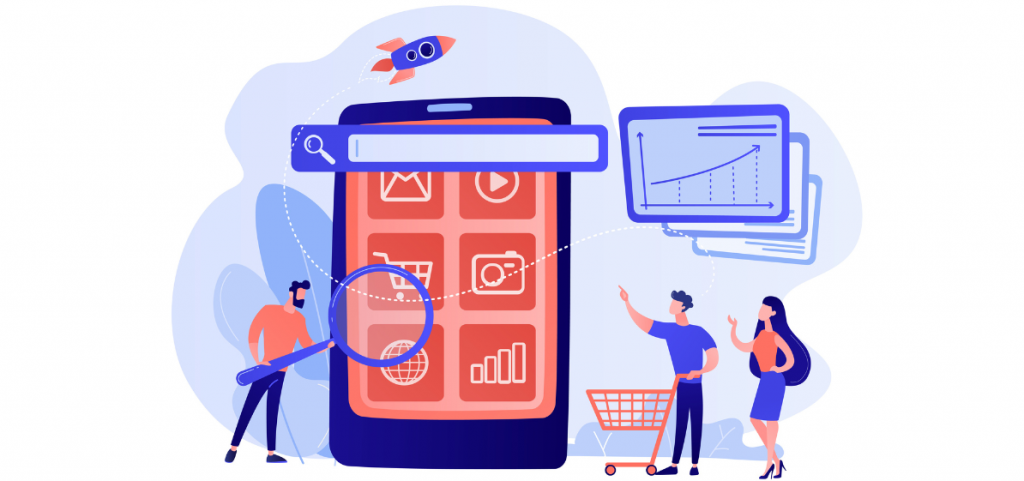
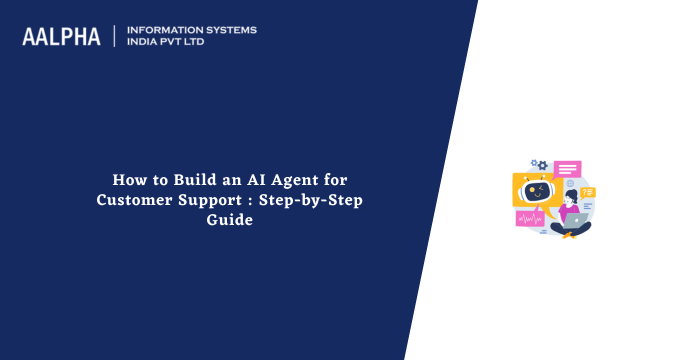
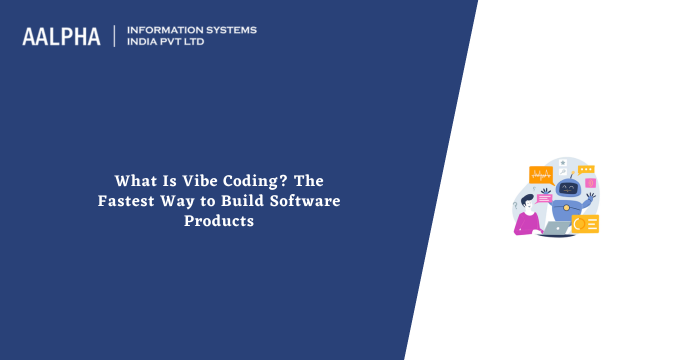
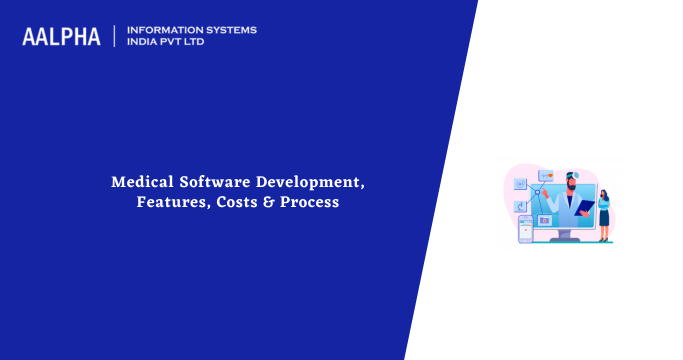
Share This Article:
Written by:
Stuti Dhruv
Stuti Dhruv is a Senior Consultant at Aalpha Information Systems, specializing in pre-sales and advising clients on the latest technology trends. With years of experience in the IT industry, she helps businesses harness the power of technology for growth and success.
Stuti Dhruv is a Senior Consultant at Aalpha Information Systems, specializing in pre-sales and advising clients on the latest technology trends. With years of experience in the IT industry, she helps businesses harness the power of technology for growth and success.